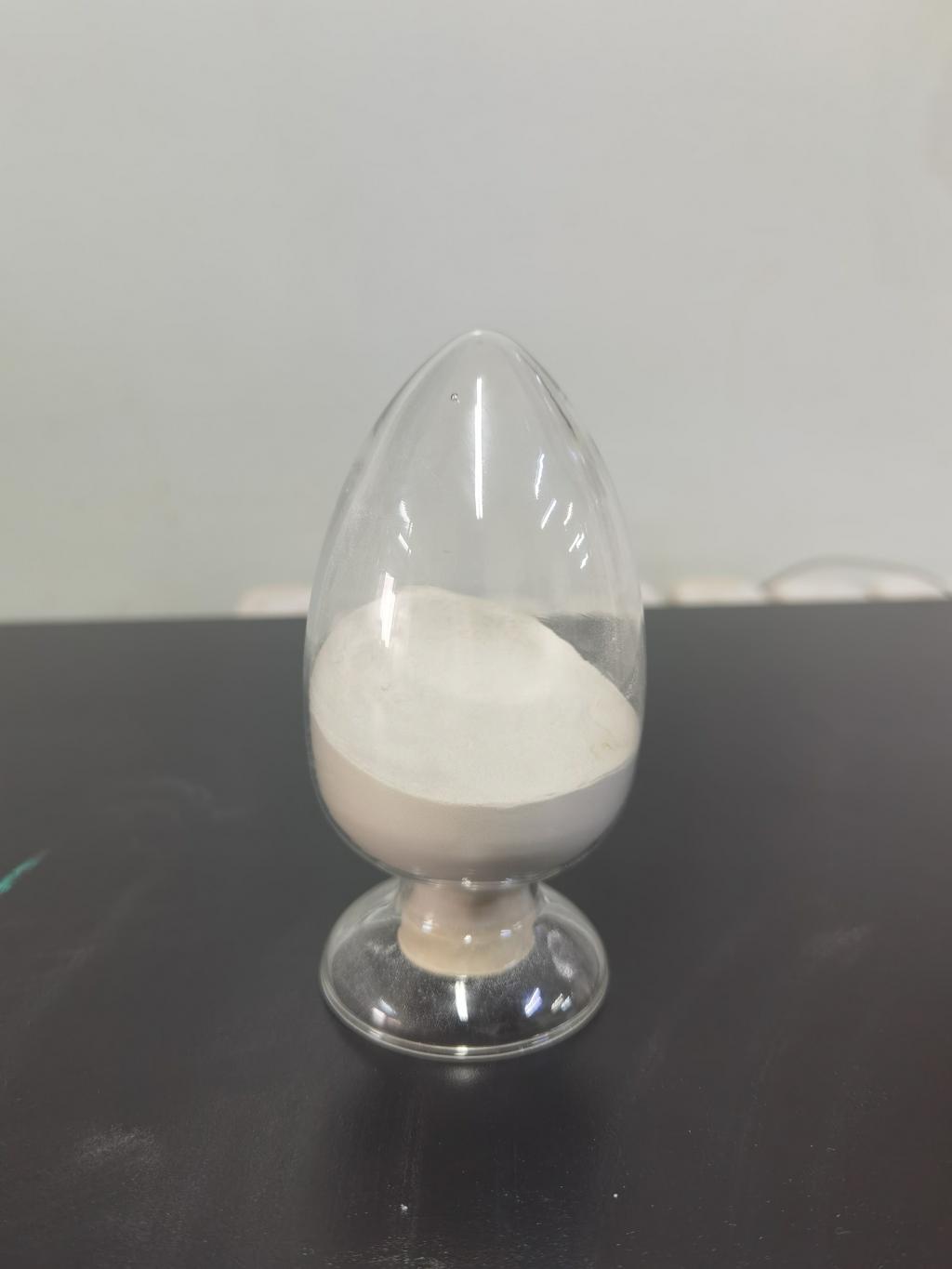Tel:+8618231198596

News
 CONTACT
CONTACT
 CONTACT
CONTACT
- Linkman:Linda Yao
- Tel: +8618231198596
- Email:linda.yao@dcpharma.cn
- Linkman:CHARLES.WANG
- Department:Overseas
- Tel: 0086 0311-85537378 0086 0311-85539701
News
Current Position:
Home >
News
>Nisin's potential in controlling microbial contamination in water treatment systems.
Nisin's potential in controlling microbial contamination in water treatment systems.
TIME:2024-06-04
Antimicrobial Properties of Nisin
Nisin, a bacteriocin produced by certain strains of Lactococcus lactis, exhibits broad-spectrum antimicrobial activity against Gram-positive bacteria, including pathogens such as Listeria monocytogenes and Staphylococcus aureus. Its mechanism of action involves disrupting bacterial cell membrane integrity, leading to leakage of cellular contents and eventual cell death. Nisin's efficacy against bacterial biofilms, a common challenge in water treatment systems, makes it an attractive candidate for controlling microbial contamination.
Mode of Action Against Biofilms
Biofilms, complex microbial communities encased in a matrix of extracellular polymeric substances, pose challenges in water treatment due to their resistance to disinfection and ability to colonize surfaces. Nisin has been shown to disrupt biofilm formation, penetrate biofilm matrices, and inhibit bacterial growth within biofilms. Its ability to target biofilm-associated bacteria makes it a valuable tool for preventing biofilm-related issues in water treatment systems.
Compatibility with Existing Treatment Methods
Nisin can be integrated into existing water treatment processes, complementing conventional disinfection methods such as chlorination, ozonation, and UV irradiation. Unlike chemical disinfectants, which may pose risks to human health and the environment, nisin is a natural antimicrobial agent with low toxicity and minimal environmental impact. Its compatibility with various treatment technologies makes it a versatile option for enhancing microbial control in water treatment systems.
Application of Nisin in Water Treatment
Nisin can be applied at various stages of water treatment processes to control microbial contamination:
a. Pre-Treatment: Nisin can be used as a pre-treatment step to inhibit microbial growth in raw water sources, preventing biofilm formation and reducing microbial load entering the treatment system.
b. Primary Treatment: Nisin can be added to primary treatment units such as sedimentation basins and filtration systems to control bacterial proliferation and enhance the removal of suspended solids and pathogens.
c. Secondary Treatment: Nisin can be employed during secondary treatment processes such as biological filtration and activated sludge systems to target remaining bacteria and prevent regrowth in treated water.
Regulatory Considerations and Safety
Nisin is approved for use as a food preservative in many countries and is generally recognized as safe (GRAS) by regulatory authorities. Extensive safety evaluations have confirmed its low toxicity and allergenicity, making it suitable for use in water treatment applications. Regulatory approval may vary depending on local regulations and guidelines for water treatment additives.
Conclusion
Nisin represents a promising solution for controlling microbial contamination in water treatment systems, offering broad-spectrum antimicrobial activity, compatibility with existing treatment methods, and minimal environmental impact. By integrating nisin into water treatment processes, authorities and water utilities can enhance microbial control, reduce the risk of waterborne diseases, and ensure the provision of safe and clean drinking water to communities. Continued research and collaboration are essential to optimize nisin's effectiveness, address regulatory considerations, and promote its widespread adoption in water treatment applications.
- Tel:+8618231198596
- Whatsapp:18231198596
- Chat With Skype







